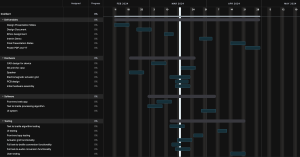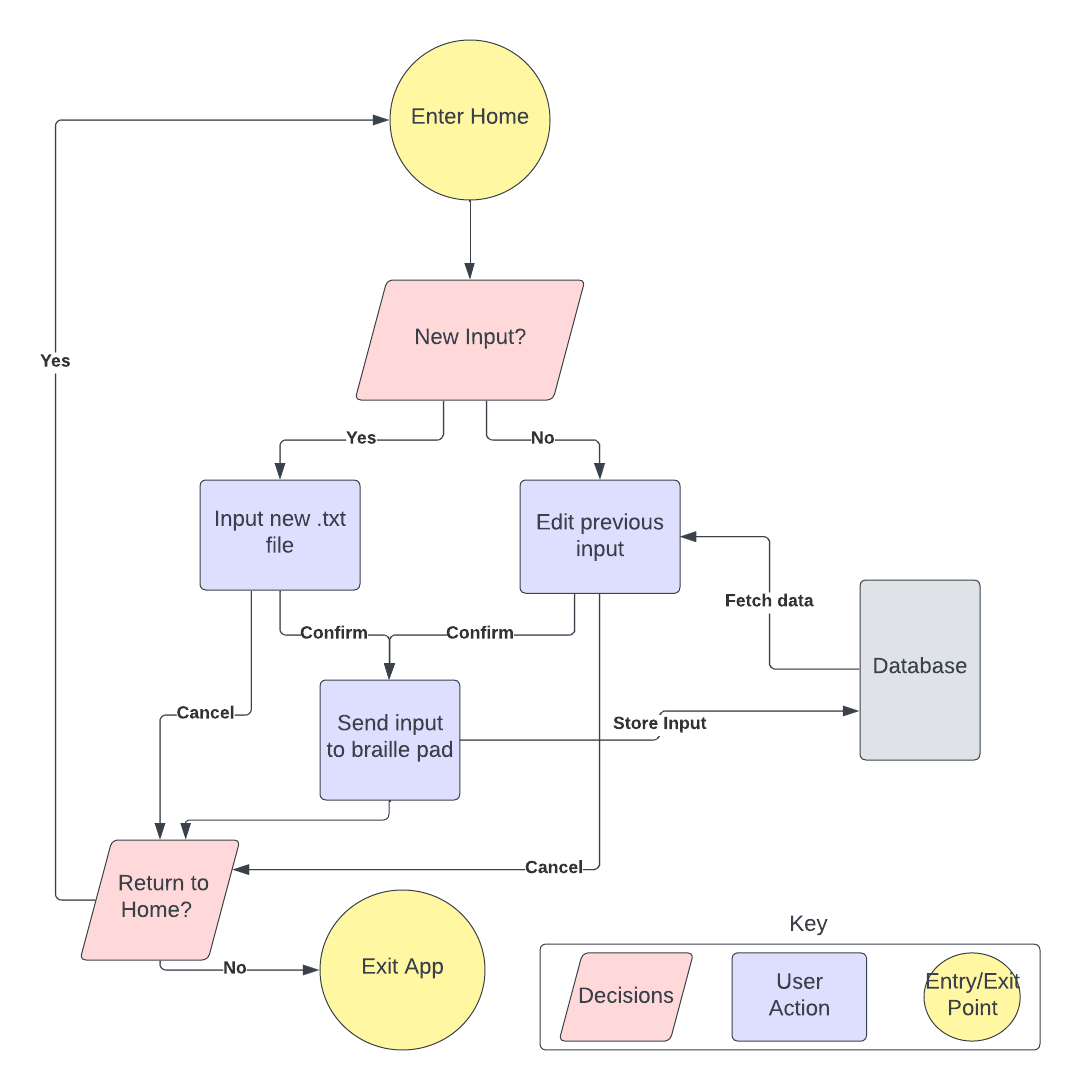What are the most significant risks that could jeopardize the success of the project?
This remains the same as last week. As we carry out our fabrication test next week, we will have more detailed insights to this question.
Were any changes made to the existing design of the system?
Same as above.
A: Global Factors
The development of an open-source, DIY-able refreshable braille display represents a significant advancement in making reading and digital communication more accessible to visually impaired individuals globally. By prioritizing affordability and ease of construction, this project addresses a crucial gap in the market, where existing devices are often prohibitively expensive, thus limiting access for many around the world. This initiative not only empowers individuals with visual impairments by providing them with the tools to build their own reading devices but also fosters a sense of community and innovation through shared knowledge and resources.
B: Culture Factors
The integration of cultural factors is essential for ensuring its accessibility and usability across diverse communities. Through our open source software, user can easily import customized characters set and text2braille converter, allowing the access to braille education to a diverse community of the visually impaired population. Our project’s braille converter mechanism and translation software also utilizes the unified standard grade 2 braille structure, making sure all the blind communities are benefited. One of the goals of our product is to address the comparatively low literacy level among the blind population. As our project attempts to bridge the gap in literacy level between those who are blind and those who are not by teaching braille through technology, it allows the blind community to have access to language as much as the others. To add on, it is to be noted that culture for the blind, especially those who are innately blind, is under represented due to their lack of access to written verbiage. By providing them a tool to develop their command of written language, it strengthens their cultural interactions and representations to the world.
C: Environmental Factors
The environmental impact of creating a DIY refreshable braille display is significantly mitigated by its open-source and locally producible design. This approach reduces the carbon footprint associated with manufacturing and global distribution of commercial devices, since materials can be sourced locally and devices are built on-demand, minimizing waste. Furthermore, this product will allow for users to input any text file and subsequently be able to read the braille translation, as compared to depending on physical, paper print. This will reduce the dependence on paper for the visually impaired population and further contribute to mitigating environmental waste.
A: Written by Ziyu
B: Written by Yujun
C: Written by Samay


 Example of the algorithm displaying the encoded output of the text2braille algorithm with the input “Hello World”. 1 denotes actuation, 0 denotes the opposite, “x” denotes new word.
Example of the algorithm displaying the encoded output of the text2braille algorithm with the input “Hello World”. 1 denotes actuation, 0 denotes the opposite, “x” denotes new word.


![What is Braille? [Your Guide to Braille] - Braille Works](https://brailleworks.com/wp-content/uploads/2019/10/Braille_Words_and_Abbreviations_Grade_2-Braille-Works.png)